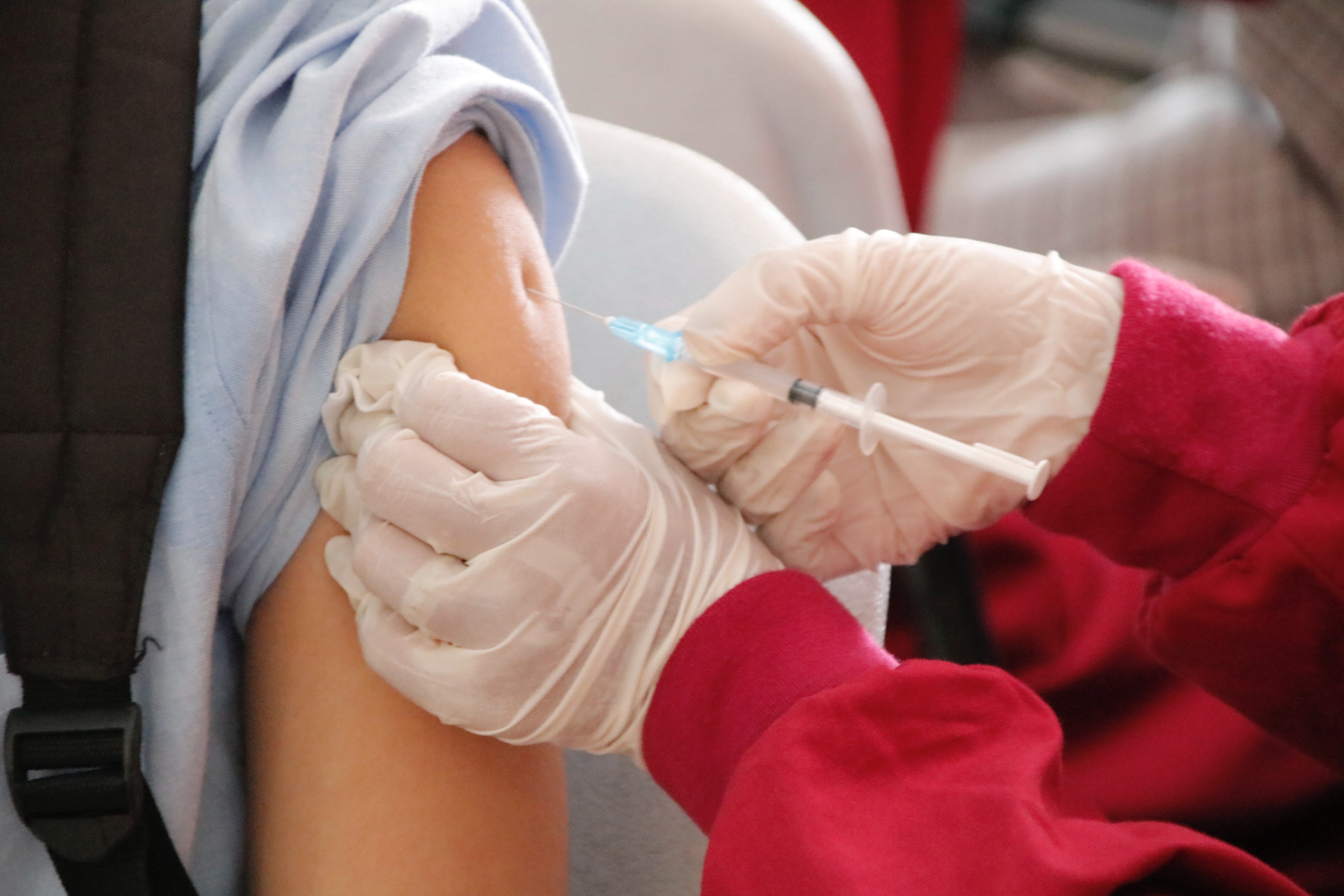 |
|
Visually impaired patients are less likely to be vaccinated against COVID-19, study finds. Photo: Ed Us on Unsplash. |
In a study recently published in JAMA Ophthalmology, researchers estimated the prevalence of COVID-19 vaccination among adults with vision or hearing disabilities and found the numbers were lower compared with the otherwise unaffected population. The cross-sectional study examined data from participants of the US Census Bureau Household Pulse Survey from April 2021 to March 2022, which collected information about vaccine initiation, series completion and determinants of healthcare access.
A total of 916,085 adults with a mean age of 54, most of whom had initiated the COVID-19 vaccine process, were included in the study. The researchers reported that adults with serious difficulty seeing or blindness, as well as those with serious difficulty hearing or with deafness, had significantly lower vaccination rates than adults without these disabilities. Even when controlling for other factors, adults with blindness or deafness were still significantly less likely to get vaccinated than adults without these impairments.
Overall, vision and hearing disabilities hindered vaccination. “This cross-sectional study provides a nationally representative estimate of COVID-19 vaccination among adults with vision or hearing disabilities,” the researchers concluded in their paper. They wrote that this study may inform future initiatives that promote equitable access to vaccination.
Turner K, Nguyen OT, Tabriz AA, et al. COVID-19 vaccination rates among US adults with vision or hearing disabilities. JAMA Ophthalmol. August 11, 2022. [Epub ahead of print]. |


